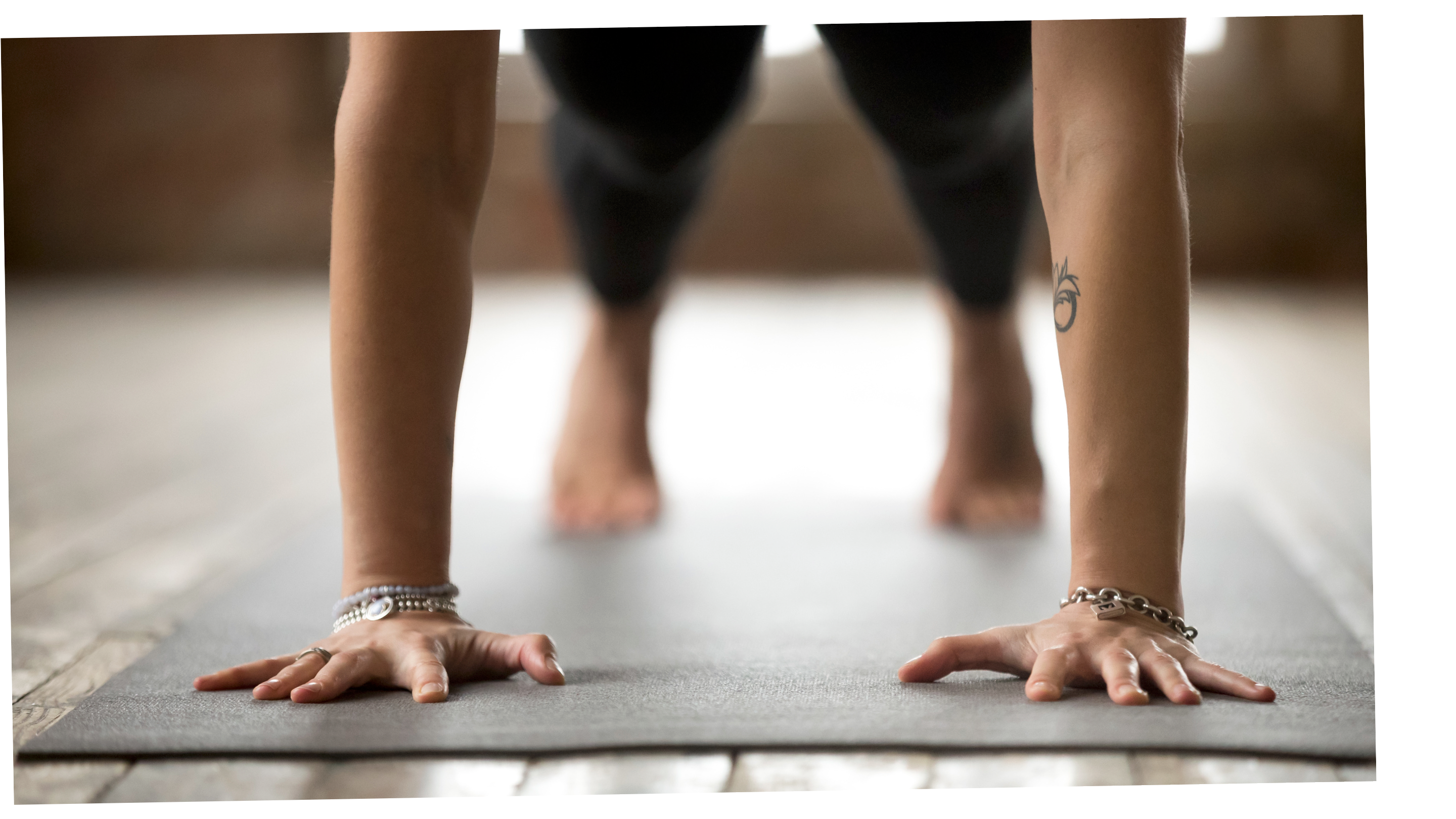
The evidence for arts promoting health and preventing disease has become well-established in recent years (see the seminal review by Fancourt and Finn (2019), also Dow et al. (2023) and Zbranca et al.’s (2022) ‘Culture For Health Report’). The paper critiqued by this blog is outstanding in the field, as a mixed-methods systematic review that specifically considers ‘non-communicable diseases’, their prevention and health promotion, in a global context.
Non-communicable diseases (NCDs) are not illnesses that you can’t talk about, but long-term ongoing conditions that cannot be directly transmissible between people, making them chronic in nature (GACD, 2025). NCDs are said to kill 43 million people each year (74% of global deaths), with over three quarters of deaths occurring in low- and middle-income countries (WHO, 2014). Examples of NCDs include cardiovascular diseases, cancer, lung diseases, diabetes, and mental health conditions.
Elf blogs featuring arts and health research include Aughterson, 2019; Potter, 2021; Lunsford, 2025 and Collins, 2021, but considering the field in the context of NCDs and in a global context seems unchartered territory.
This study turns around the following question: “what evidence exists regarding the use of the arts for health promotion and prevention of NCDs in the general non-clinical population worldwide?” (Sonke et al., 2025). The authors began from the premise that “the arts can be understood as a public health resource and arts participation as a health behavior” (Sonke et al., 2025).

Noncommunicable diseases kill 43 million people each year. Could the arts help to prevent some of these deaths?
Methods
The authors conducted a mixed-methods systematic review that follows strict guidelines and a protocol for the synthesis and integration of its data (cf. Aromataris et al., 2024; Prisma, 2015). The search strategies and selection criteria used are inclusive, without limits, filters or restrictions to language or publication date (see Supplementary Note 4).
Most information about methods and processes of analysis is condensed in helpful, dense tables of information. For example, the process of whittling down the studies from initial screening to final assessment of eligibility, with reasons for exclusion, is included in a PRISMA systematic review flow diagram (see. Fig. 1). Extended Data Table 1 opens the authors’ eligibility criteria and definitions used (although they leave out the most central definition of all, NCDs), Extended Data Table 7 defines the authors’ search strategy and selection criteria.
The authors engage with qualitative and quantitative methods of examining data. Quantitative data is numeric, qualitative data included quotes and themes from interviews and focus groups. Data from both approaches is extracted, analysed, contrasted and intertwined, creating many layers of insight. The researchers are assisted by artificial intelligence copilot, which is then verified for accuracy by more researchers. This allows the data to be examined exhaustively, with every stage being checked and tested. Emerging evidence from quantitative and qualitative data is summarised in themes and subthemes.
Results
From 10,168 records, 95 quantitative studies were included, representing 233,718 participants across 10 racial/ethnic groups and all ages. Quantitative results from 67 studies show the arts being used worldwide for NCD prevention and health promotion. 49 studies showed how health communication (such as radio novellas or theatre productions) were designed to raise awareness and reduce stigma. 46 studies examined active participation (such as dance or gardening) to support healthier behaviours.
Outcomes reported from both forms of interventions included increased physical activity, healthier diets, reduced BMI, improved mental health, and greater community cohesion.
Qualitative (n=12) and mixed-methods (n=16) studies reinforced these findings, reporting improved physical, nutritional, behavioural, and mental health. Three themes (usefully tabulated, see Table 3) and their enablers and barriers are identified in this context: the importance of community collaboration, ownership and cocreation; cultural relevance; financial and structural resources and sustainability.
The review highlights how arts interventions also address health equity, responding to disparities and systemic drivers such as poverty, discrimination, and historical trauma. Arts were described as “multimodal”, producing “multiple and multidimensional outcomes”, for example, community spaces open multiple opportunities for gatherings, enabling structural and systemic changes; or educational strategies build pathways for new knowledge, attitudes or health behaviour changes.
Integration of quantitative and qualitative findings confirmed the arts’ capacity to address both NCDs and their risk factors, with most studies (n=84) illuminating systemic and structural drivers of health. More than half (n=49) reported success in health communication programs. Specific impacts were observed for cardiovascular disease (54 studies) and mental health/well-being (33 studies), where arts participation promoted physical activity, improved diet, and enhanced mental well-being.
Overall, the results demonstrate that participating in the arts has multiple, versatile, culturally adaptable outcomes. These outcomes reduce NCD risks, whilst addressing the social and structural determinants of health, with nuanced cultural relevance health support for people in different communities.

Results demonstrate that participating in the arts has multiple, versatile, culturally adaptable outcomes. These outcomes reduce non-communicable disease risks, whilst addressing the social and structural determinants of health.
Conclusions
The results of this review reveal that, while NCDs cause 74% of global deaths, disproportionately impacting low- and middle-income groups, arts interventions contribute significantly to NCD prevention and health promotion. The conclusions demonstrate that arts-based approaches are multimodal, culturally adaptable, and community-driven. They support physical, mental, and social health simultaneously while addressing structural inequities. The arts represent a valuable, underutilised resource for global public health and disease prevention. As the authors concluded:
This review suggests that the arts can increase the visibility of the systemic, structural and social forces that contribute to health disparities and inequities. They may also help to create conditions, such as awareness, connection and collaboration. Arts programs can be designed with social change in mind and can engage arts practices that yield inclusivity and agency, or, conversely, engage the arts in ways that fall short of these critical aims.

The arts represent a valuable, underutilised resource for global public health and disease prevention.
Strengths and limitations
The global expanse of this study (represented by the demographics of its authors, the study populations, and the results) is its bold strength. We see results from 27 countries, representing more than 57% of the world’s population. A particular strength of this review lies with the international and culturally diverse spans of its authors, who originate from seven countries (Nigeria, Malawi, the United Kingdom, Singapore, the United States, Denmark and Australia) and who represent diverse disciplinary perspectives, including public health, nursing, medicine, the arts, creative arts therapies and arts in health. This range and depth of perspectives allow the authors to develop a mixed-methods analysis that acknowledges diverse forms of knowledge and operates a wide, inclusive breadth of insight, equity and intersectionality. The approach is a breath of fresh air because it allows the authors to revamp hierarchies and restrictions seen in traditional systematic reviews. This happens when the authors locate and assess their extensive evidence base, engaging with and expanding existing methods of analysis, by using their own multimodal, culturally/disciplinary diverse perspectives. The authors seem to live and practice their own conclusions, finding diverse, meaningful insights to answer their own research questions.
The discussion of mental illness in the onset of NCDs seems a little loose or an ‘add-on’ to the argument, rather than being a robust element of it. The authors recognise this as a limitation in their work, which they base on the World Health Organization’s own framing of NCD, which includes mental ill-health but lacks directly correlating risk factors.
This is a dense, compact, rich study with a large amount of insight and useful information crammed into the text and in the numerous tables and supplementary material, each of which is worth examining separately, even if it is all quite hard to navigate in a top-to-bottom read through of the review. This is something you need to print out and flick back and forth, to fully appreciate.

The authors seem to live and practice their own conclusions, finding diverse, meaningful insights to answer their own research questions.
Implications for practice
The study is valuable because it opens a new angle on research about arts and health in the context of NCDs, expanding the WHO allocation of risk for NCDs by including systemic (e.g. government, media), structural (e.g. racism, socioeconomic inequity) and social (e.g. social/cultural norms, language barriers) drivers or determinants of health, as well as wellbeing. Adding these factors to their examination of risk factors causing NCDs develops the study considerably, allowing the authors to consider the multimodal effects of art engagement, in addition to the effects of war, disasters and other social and environmental factors.
This innovative approach allows the review to fill a gap in arts and health research, by readdressing the current understanding of the use of the arts for health promotion and the prevention of NCDs in nonclinical populations worldwide. We can see how arts strategies and interventions make a positive impact by the ways that they address health equity, counter health disparities and improve access to health promotions across global, cultural and demographic contexts.
It is important to learn that arts-based approaches are multimodal, culturally adaptable, and community-driven, because this is what allows the arts to support physical, mental, and social health simultaneously, while addressing structural inequities. The arts then represent a valuable, underutilised resource for global public health and disease prevention.
I read this study from the perspective of directing an arts-based organisation for people who live with acquired brain injury (“A Creative Transformation”). We make art, tell our stories and form a community. It is heartening to read Sonke et al.’s evidence about the ways that arts interventions can draw people together, improve health and prevent NCDs. This review will inspire our organisation to provide inclusive, multicultural arts practices to widen our community and promote our members’ health and wellbeing.

This research will support and design new arts-based non-communicable disease prevention and health promotion programming, in a global context.
Statement of interests
No conflict of interests.
Links
Primary paper
Sonke, J., Tan, M.K.B., Lee, J.B. et al. The arts for disease prevention and health promotion: a systematic review. Nat Med (2025). https://doi.org/10.1038/s41591-025-03962-7
Other references
Aromataris, E., Lockwood, C., Porritt, K., Pilla, B. & Jordan Z. JBI manual for evidence synthesis. https://synthesismanual.jbi.global (2024).
Aughterson, H. Can arts engagement improve wellbeing for older adults? The Mental Elf, October 17, 2019.
Collins, L. Art and mental health on Instagram The Mental Elf, October 1, 2021.
Dow, R, Warran, K, Letrondo, P et al (2023) ‘The arts in public health policy: progress and opportunities’, Lancet Public Health. 2023 8(e) 155-e160
Fancourt D, Finn S. (2019) What is the evidence on the role of the arts in improving health and well-being? A scoping review. WHO Regional Office for Europe, Copenhagen. 2019 PMID: 32091683. https://europepmc.org/article/NBK/nbk553773
Global Alliance for Chronic Diseases (GACD) website, last accessed 26 September 2025. https://www.gacd.org/about/what-we-do/what-are-ncds
Lunsford, A. Brushstrokes and breakthroughs: how can gallery-based art therapy improve young people’s mental health? The Mental Elf, June 18, 2025.
Potter, A. Performing arts for dementia carers: feasibility and acceptability of a new multi-modal intervention The Mental Elf, October 5, 2021.
PRISMA-P Group et al. Preferred reporting items for systematic review and meta-analysis protocols (PRISMA-P) 2015 statement. Syst. Rev. 4, 1 (2015).
World Health Organization (2014) Global status report on noncommunicable diseases https://www.who.int/publications/i/item/9789241564854
World Health Organization Regional Office for Europe (2023). WHO expert meeting on prevention and control of noncommunicable diseases: learning from the arts. Opera House Budapest, Hungary, 15–16 December 2022: meeting report. WHO Regional Office for Europe. https://iris.who.int/handle/10665/373900.
Zbranca, R, Dâmaso, M, Blaga, O et al. (2022) ‘CultureForHealth Report: Culture’s contribution to health and well-being: A report on evidence and policy recommendations for Europe’.







